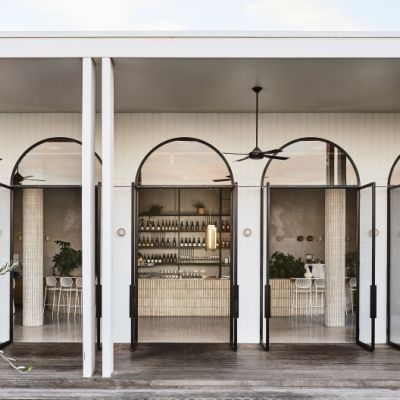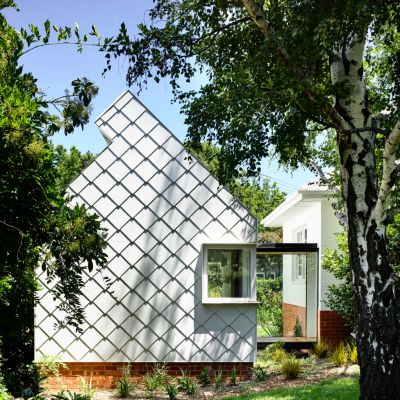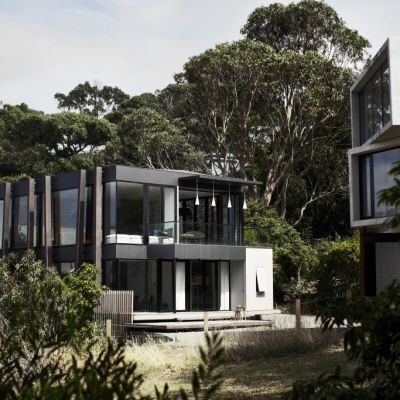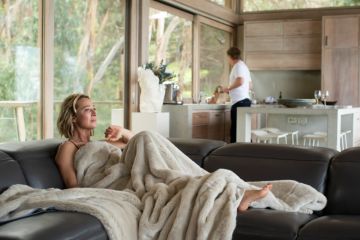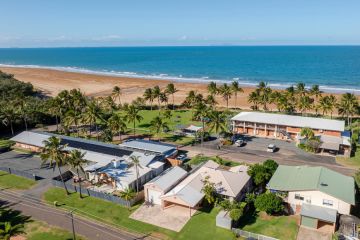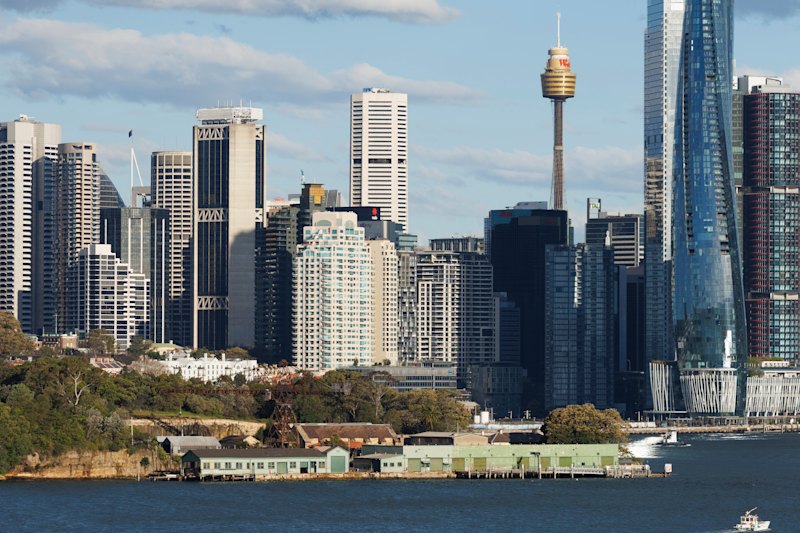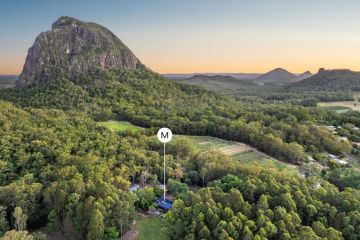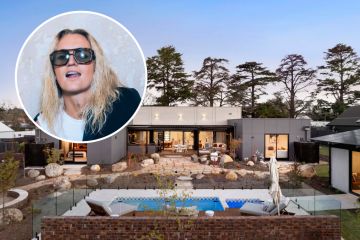From natural to circular: These are the hottest pool trends for 2020

In summer it’s best to follow three simple rules: keep hydrated, wear sunscreen and find a friend with a pool. Or alternatively, you might be the friend with the pool, in which case be prepared for a swarm of incoming out-of-the-blue texts on sunny days.
There’s no denying Australia’s relationship with the pool runs deep. Roy Morgan’s 2018 data indicates 2.7 million Australians live in a home with a private pool.
“Given our climate and proximity to the coast, it seems very much part of the broader Australian psyche to have this innate desire to be close to water,” says landscape architect Kate Patterson of Kate Patterson Landscapes.
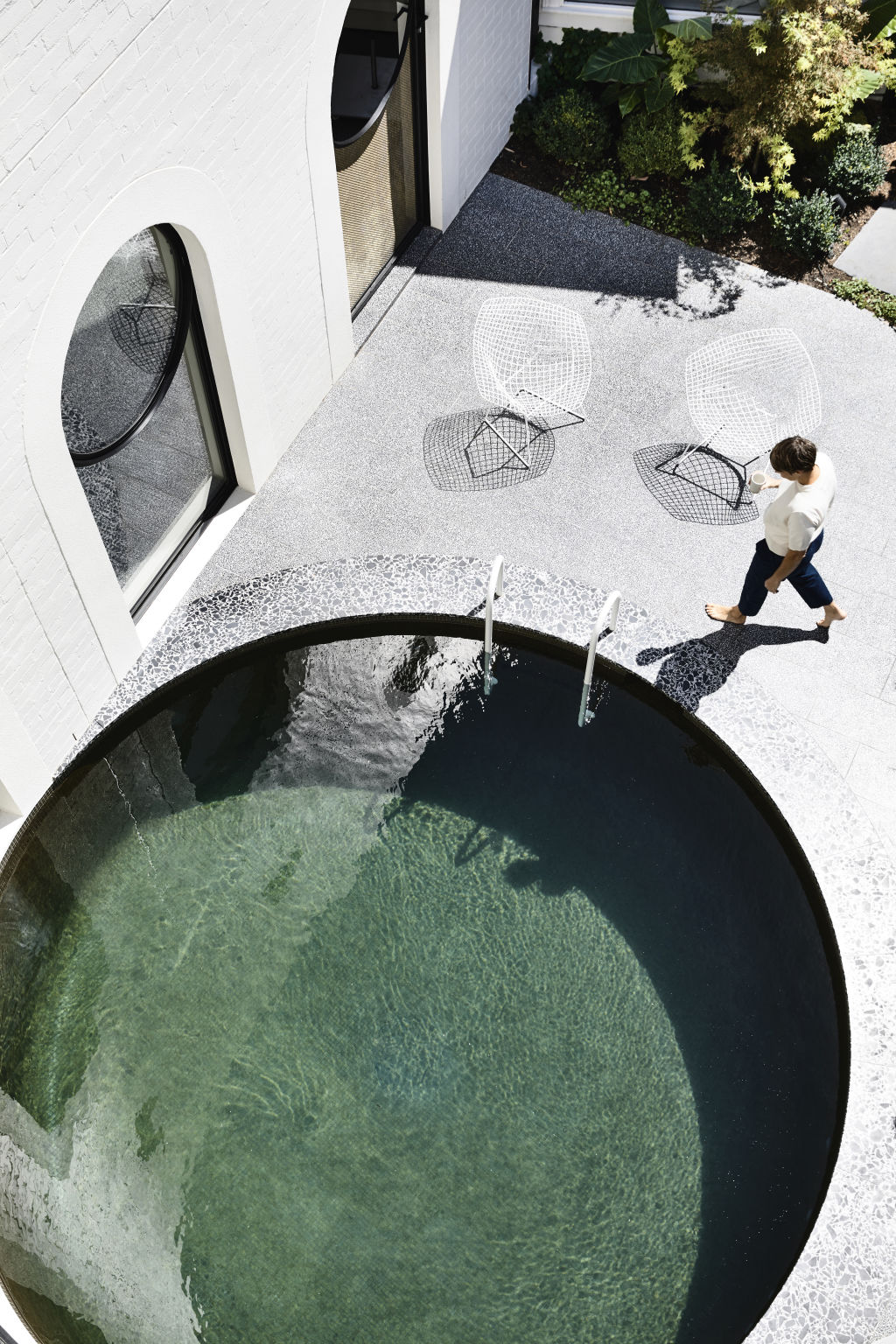
Specialising in pool design that integrates holistically with its landscape, Patterson suggests one of the pool’s main appeals is its ability to offer meaningful social connection. “It’s a wonderful way to bring people together, everyone just forgets their inhibitions.”
Similarly, Patrick Kennedy, principal architect at Kennedy Nolan, views the pool as having an important social and cultural position in Australia.
“Our relationship to the pool has been explored a lot recently and particularly at the Australian Pavilion at the 2016 Venice Biennale, which looked historically at public pools to sea baths and the role they have in the outback to the pool’s social and political role in shaping equality for women and breaking down segregation.”
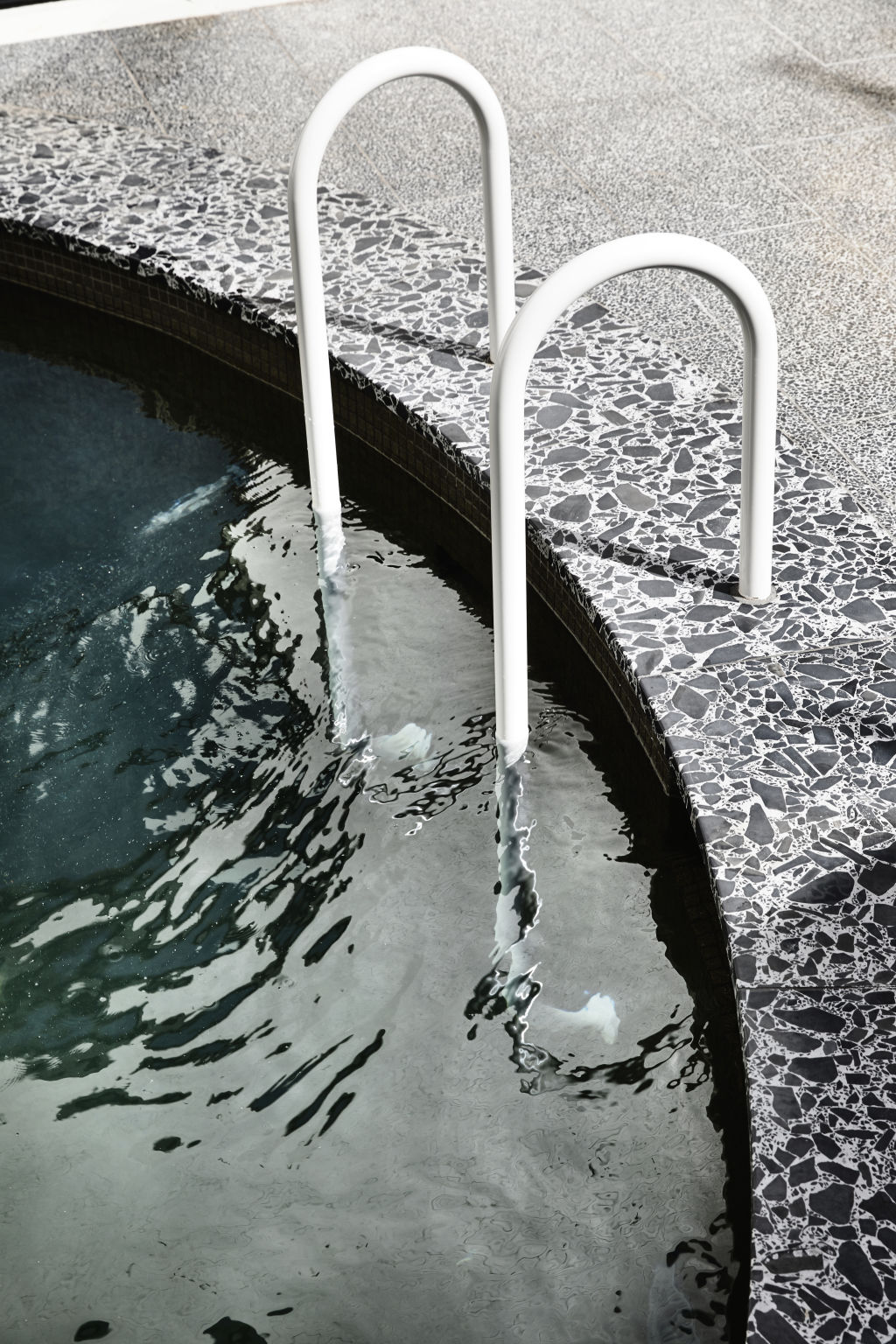
For Kennedy and Patterson, designing pools is not just about aesthetics. It’s about creating a lifestyle that can tether being a restorative oasis to a thriving social hub. It’s also about finding ways the pool can serve the home and landscape when it’s not summer.
“We look at how we can amplify a pool’s presence and how it can have a role throughout the year because they take up a lot of space and use a lot of energy,” says Kennedy. “Our goal is to make the pool appear more than just a blue rectangle surrounded by a fence.”
Kennedy Nolan achieved this by integrating a circular pool at their Caroline House residence. The pool is positioned in a central courtyard in the middle of the property where the house itself wraps around it.
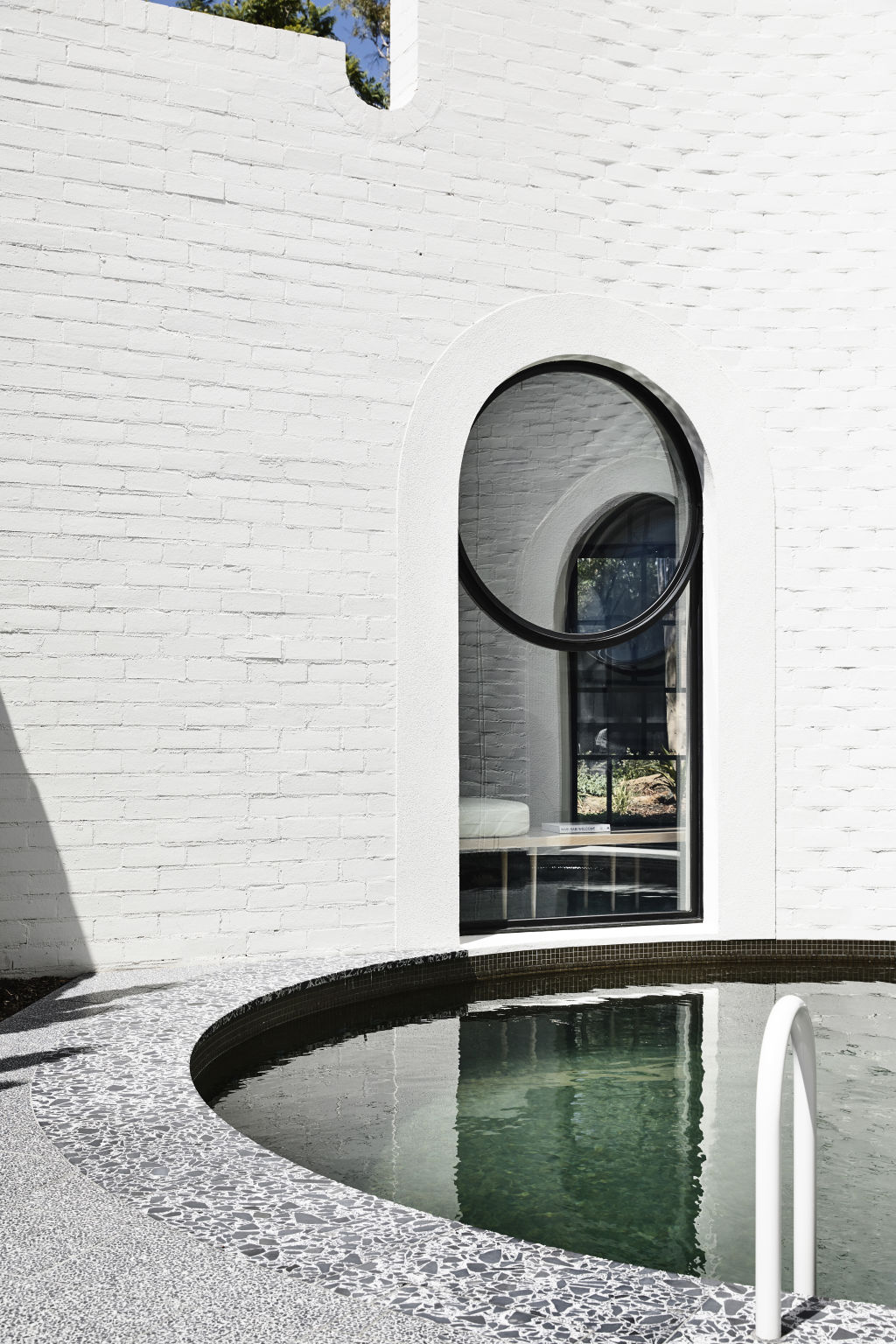
“We wanted the pool to have a presence which was more than just a swimming pool, and because it’s in the middle of the house you see it every day of the year, every time of the day,” Kennedy says.
The pool also serves as a decorative water feature when it’s not being used. “We wanted it to, at times, be reflective of light and when the water is still to reflect a mirror image of the house.”
The colour of pool tiles also plays an impact in how light reflects and gives water context to its surrounds. There’s been an increased shift towards tiles that reflect a more moody river and ocean-like quality of water opposed to the traditional bright blue found at the local public swimming pool.
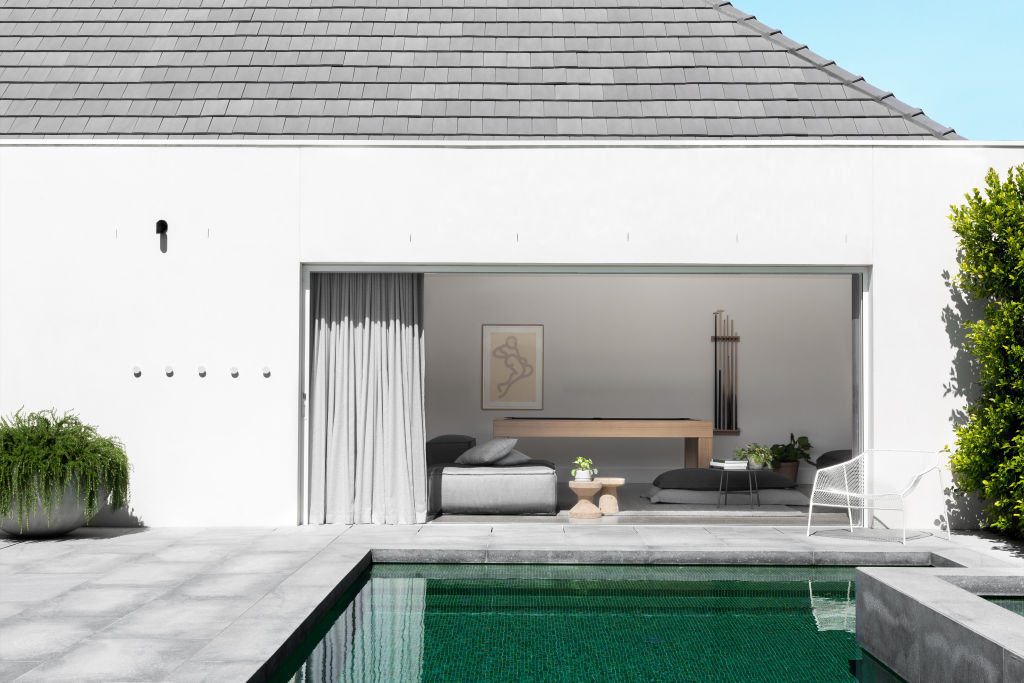
“It’s quite tricky with pool tiles because you can’t see what the colour of the water will look like from the tile, it’s how the water and tile together reflect light,” Kennedy says.
Patterson similarly has noticed a shift towards tiles that serve more compatibly with the landscape, using more blue, green and grey tiles in recent pool designs. “If you choose a stronger tile colour, such as the green we used for our Elwood pool, the water tends to stay like that and dominate.”
To accomplish a pale blue look, white tiles are needed – it’s a complex alchemy.
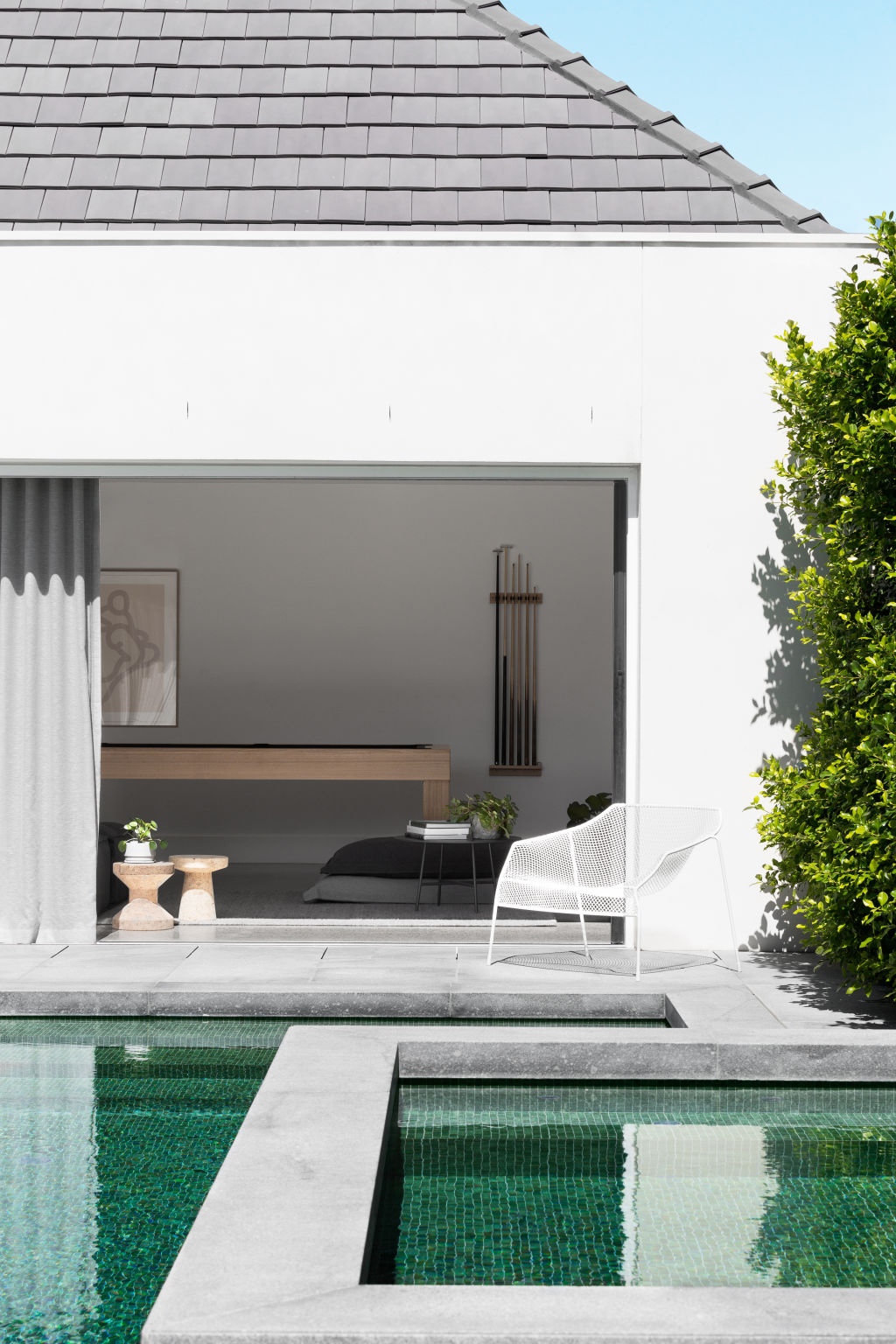
For the same Elwood residence, Patterson designed a rectangular pool (built by East Coast Pools) that directly backs onto the rear of a living room designed by the home’s architects Pipkorn Kilpatrick, allowing the owners to entertain inside and outside simultaneously.
“A good pool for us is one that sits happily in its surrounds and ties in with the architecture and landscape,” says architect Jane Kilpatrick of Pipkorn Kilpatrick, who has also noticed a heightened demand for natural and living water pools.
Wayne Zwar of Natural Swimming Pools Australia correlates the demand with people prioritising their wellbeing – there’s an obvious benefit to swimming in naturally filtered water.
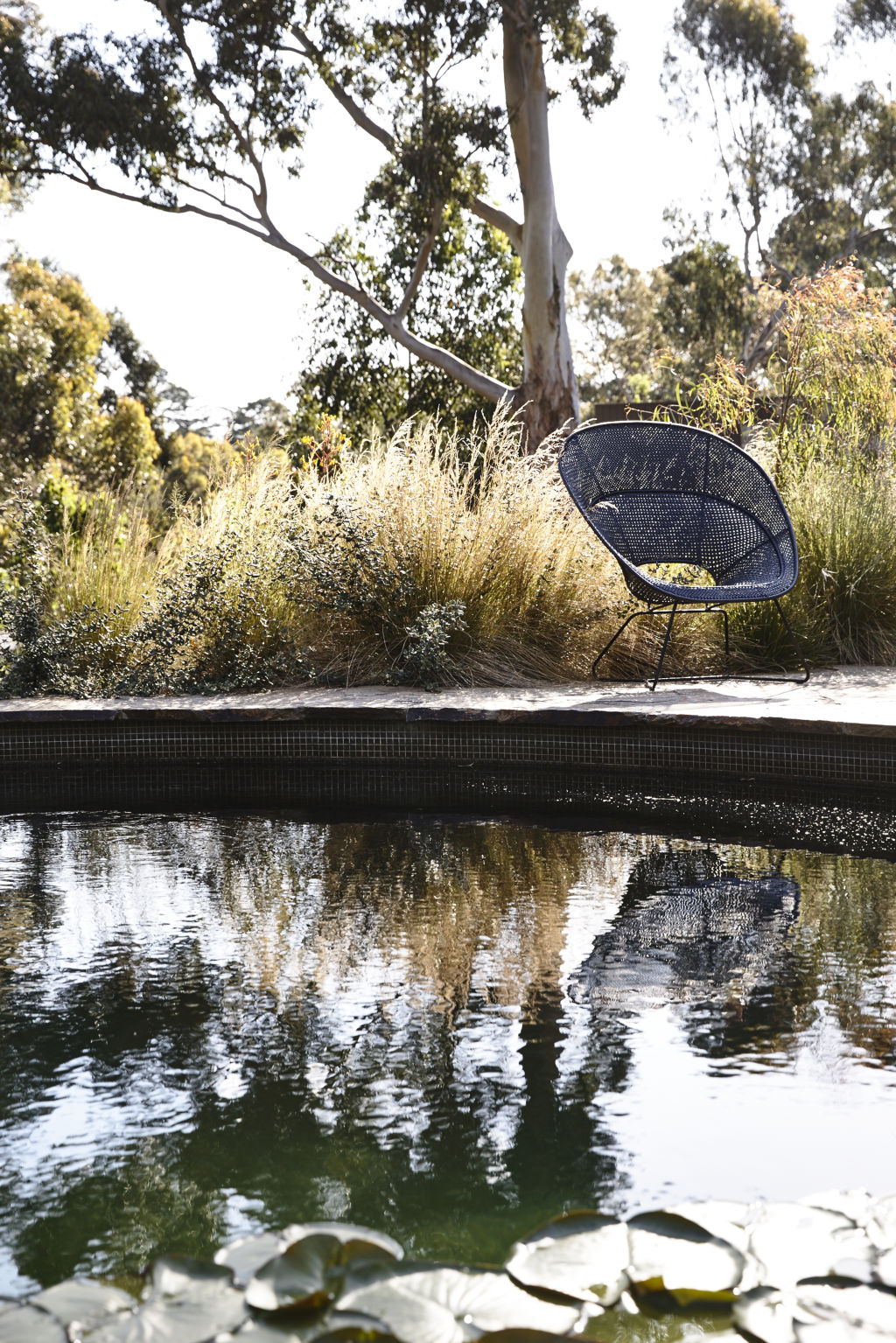
“If you’ve ever swum in a natural lake or freshwater river, you’ll know there’s nothing quite like the experience of swimming in living water,” he says. “Our pool water is living and needs a type of biofilm to work, algae isn’t a bad term in our sphere but chlorine is.”
Kennedy Nolan worked with Natural Swimming Pools Australia to create a living water pool for their Fairfield residential project. The brief was for the pool to embrace its proximity to the Yarra River and integrate plant life and living water to replicate swimming in one of nature’s glorious waterholes.
Again, a circular design was the shape of choice. “There’s a timeless quality to a circle and they’re great in terms of composition because they’re multi-directional,” says Kennedy.

We recommend
We thought you might like
States
Capital Cities
Capital Cities - Rentals
Popular Areas
Allhomes
More
